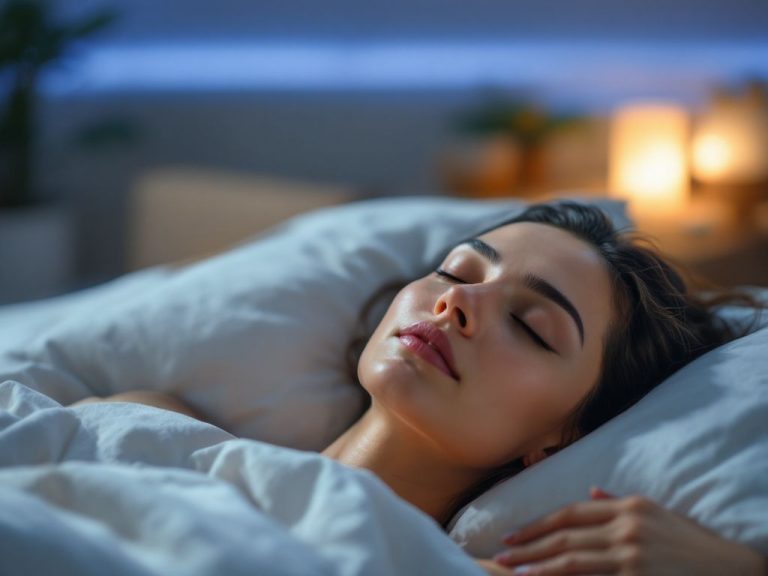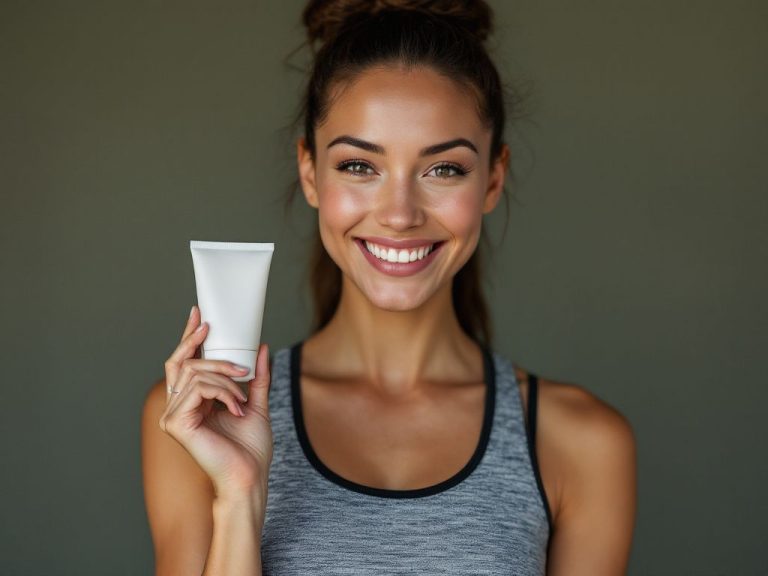Hey, ever wondered how the sun affects your skin, especially when you’re dealing with acne? I know, it’s one of those things that seems like it should be straightforward but ends up feeling like a jigsaw puzzle without a guide. You’re not alone if you’ve found yourself questioning whether soaking up some rays can help or hurt your skin. I mean, your skin deals with enough already, right? So, let’s dig a bit deeper into the whole sun and skin saga in this laid-back, informative chat about exactly what’s happening up there where UV effects meet your precious dermal layers.
Table of Contents
ToggleSunlight and Acne: The Good, The Bad, and The UV Effects
You may have heard whispers—maybe even a friend or two swearing by sunbathing to clear up their acne. Let’s get real: it’s a bit more nuanced than that. Here’s the deal with UV effects. Sunlight, specifically UV rays, does have a reputation for its antibacterial properties that can indeed initially help with acne. Yep, those UV rays can zap bacteria right on your skin. Sounds like a dream, doesn’t it?
But (and it’s a huge *but*), overexposure to the sun isn’t the savior it seems. Stay out too long, and the sun can make inflammation worse. Sun exposure can cause the skin to become dry, which may prompt it to produce even more oil to compensate. And more oil, we know all too well, can lead to more breakouts. Tricky, right? It’s like walking a tightrope.
Why Moderation is Key
Imagine sun exposure as your skin’s frenemy. Real useful sometimes, yet not to be over-trusted. Too much sun can thicken the outer skin layer over time, leading to clogged pores—a known precursor to acne. It’s an environmental concern we don’t always see coming. So what’s the answer? Moderation, folks. Small doses of sun might help some people, but lounging out without protection isn’t the way to go. It’s a balancing act, and finding that equilibrium is key to using the sun’s benefits without inviting its wrath.
UV Effects on Long-term Skin Health

Let’s not gloss over the long-term skin health factor. Sun exposure over time promotes premature aging. You’ve heard of wrinkles, sun spots, and even the dreaded term ‘sun damage’ tossed around more casually than a beach ball in summer. But that’s where things get serious. We’re talking deep-rooted environmental and biological impacts on your skin’s health. And for acne-prone skin? Those UV effects can result in post-inflammatory hyperpigmentation sticking around longer than you’d prefer.
Understanding the Science Behind the Sun’s Impact
Think of your skin like a high-level detective working undercover. Your skin tries hard to protect itself from environmental aggressors all day—and yes, UV rays are on that most wanted list. They penetrate deep into your inner dermal layers and kickstart free radical damage. Everyone’s favorite bad guys, the free radicals, can damage skin cells and potentially exacerbate acne.
Sun Protection Isn’t Optional
So, have we made it perfectly clear yet that sun protection is non-negotiable? It’s like using an umbrella when it rains—you just do it, right? Sun-protective measures like sunscreen or staying in the shade do an excellent job at warding off those skin stressors.
The Ins and Outs of Picking the Right Sunscreen
Here’s another chapter in this guide: sunscreen. Now, not all sunscreens are created equal, especially when you’re choosing one for acne-prone skin. Go non-comedogenic. Trust me, your skin will thank you. These formulas are less likely to clog pores while doing their shielding thing. Mineral-based sunscreens with ingredients like zinc oxide or titanium dioxide are great choices—they tend to sit on the skin instead of sinking in, which can help prevent those sneaky breakouts.
Quick Tips on Smart Sun Protection

A quick list of things to try:
- Always wear sunscreen, even on overcast days.
- Hats and cool shades are your new best accessories.
- Try to stick to the shade during peak sun hours—typically between 10 a.m. to 4 p.m.
The Role of Diet and Hydration with Sun Exposure
Just when you thought we were done, let’s consider the inside-out approach. It’s environmental in nature too, really. How you fuel your body can affect your skin’s resilience and recovery from UV exposure. Antioxidant-rich foods can offer your skin some backup against environmental harm.
Antioxidants, Hydration, and Skin Recovery
Things like Vitamin C, Vitamin E, and other goodies found in fruits, nuts, and veggies are essentially like an armor for your skin cells. Mix in a generous amount of water. Hydration plays a crucial role in flushing out toxins and keeping that skin of yours bounce-worthy.
Common Missteps with the Sun Impact Guide
It’s easy to overlook common sun habits that do more harm than good. Let’s wrap it up with some typical mistakes people make:

**Ignoring the UV Index:** Seriously, if the sun’s out in full force, it’s not the day to forego the trusty sun protection.
**Sunscreen Once-A-Day Myth:** Nope, gotta reapply every two hours. Outdoorsy types, this is especially for you.
**Forgetting the Cloud Rule:** Clouds need sunscreen too. Those UV rays sneak through overcasts, so don’t let your guard down.
Imperfections and Learning
Nobody nails it initially. These suncare habits are an experiment as much as a regimen. Sure, it sounds like a lot to juggle, but your skin’s response offers feedback. Keep tweaking. Listen. Trust your own journey with sun care.
The Wrap-Up: Navigating Sun Exposure in an Acne Journey
As we close up this little environmental discourse, remember: nothing on this sun impact guide is supposed to feel set in stone. Think of it as a companion for understanding how to deal with perhaps one of the most underrated factors in an acne journey—the sun.
Embrace the power of knowledge, embrace your skin’s story, and remember that every effort provides your skin another chance to thrive under all kinds of sunshine. Here’s to your sun-smart path forward!
Frequently Asked Questions
What is the impact of sunlight on solar panel efficiency?
The efficiency of solar panels is significantly affected by sunlight. Direct sunlight with minimal shading or obstructions maximizes the energy output of solar panels. However, factors such as temperature, angle of the sun, and dust or debris on the panels can also influence efficiency[1][2][4).
How does the angle of the sun impact solar panel performance?
The angle at which sunlight hits the solar panels is crucial for optimal performance. Ideally, solar panels should be angled to match the latitude of the installation location to capture the most sunlight throughout the year. Incorrect angling can lead to reduced energy production[1][2][4).
What are the effects of temperature on solar panel performance?
Temperature affects solar panel efficiency, with high temperatures generally reducing efficiency. Most solar panels operate best at temperatures around 25°C (77°F). As temperatures rise, the efficiency of the panels decreases, although this effect is usually minimal[1][2][4).
How can shading impact the performance of solar panels?
Shading can significantly reduce the performance of solar panels. Even partial shading can lead to a substantial decrease in energy output, as shaded cells can drag down the entire panel’s performance. It is essential to ensure that solar panels are installed in areas with minimal shading[1][2][4).
References- Getsunlead. (n.d.). SEO for Solar Companies: A Complete Guide to Boost Your Online Presence.
- Easy Mode Media. (n.d.). How To Do SEO For Solar Companies: An Easy Guide.
- Crankwheel. (2022). An SEO Guide For New Solar Companies (And How to Nail it).








